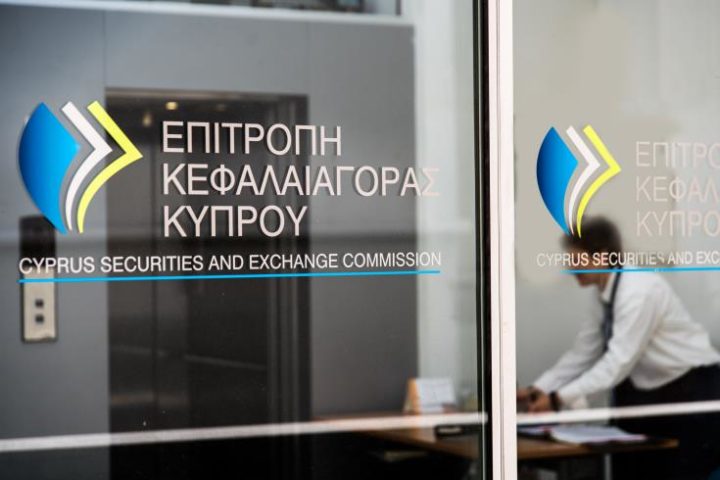Sustainability is an increasingly important consideration for financiers and stakeholders as they align their organisations and investments with their values and address the risks and opportunities presented by climate change and other Environmental, Social, and Governance (ESG) factors.
In the scope of Sustainable Investments, many investors now see sustainability as part of managing risk and enhancing returns over the long term.
Investors in all asset classes, including stocks, bonds, and real estate, are increasingly showing a preference for green financing as concerns about the environment and climate change continue to grow.
This is also driven by increasing regulatory and policy support for sustainable investing and growing consumer demand for environmentally friendly products and services.
As a result, projects that can positively impact ESG factors are more likely to attract investment and favourable financing.
This includes projects that promote renewable energy, energy efficiency, sustainable transportation, and other environmentally friendly initiatives.
Such projects not only help to mitigate the effects of climate change, but they also have the potential to create jobs and stimulate economic growth.
Such projects can also improve public health by reducing air pollution and improving access to clean energy.
It’s important to note that there is a process of certifying if a project is considered “green” in the long term to avoid accusations of “greenwashing”.
For example, a project should be aligned, at least taking proven consideration, with the internationally (United Nations, World Bank and European-Union-EU) recognised “green” finance standards, such as the Green Bond Principles (GBP), together with the Social Bond Principles (SBP), the Sustainability Bond Guidelines (SBG) and the Sustainability-Linked Bond, collectively the principles (SLBP).
The Principles are a collection of voluntary frameworks with the stated mission and vision of promoting the role that global debt capital markets can play in financing progress towards environmental and social sustainability.
It is a start, if correctly applied, to ensure that the funds are used for environmentally beneficial projects.
Green financing is a tool that can be used to achieve the United Nations’ Sustainable Development Goals (SDGs) by supporting sustainable development projects that address multiple SDGs at once, including:
- SDG 7 (Affordable and Clean Energy): Investing in renewable energy projects and energy efficiency measures can help to increase access to affordable and clean energy.
- SDG 9 (Industry, Innovation, and Infrastructure): Investing in sustainable transportation infrastructure can help to promote economic growth and innovation.
- SDG 11 (Sustainable Cities and Communities): Investing in sustainable infrastructure can help to create more liveable and resilient cities, improving the lives of urban residents.
- SDG 13 (Climate Action): Investing in green infrastructure is critical to reducing greenhouse gas emissions and mitigating the effects of climate change.
Credit margin and ESG ratings
Linking credit margin with the performance of recognised ESG ratings can effectively incentivise companies and organisations to adopt sustainable practices.
By linking credit margin with ESG ratings, companies and organisations with strong ESG performance evidently may be approved to qualify for lower interest rates on loans and other debt financing, making investing in sustainable projects and initiatives more affordable.
A financial incentive is created for companies and organisations to improve their ESG performance to access and claim more favourable financing terms and bond products.
This type of “green pricing” can help drive sustainable finance growth and encourage more companies and organisations to adopt sustainable practices.
Nevertheless, in the equation, industry experts should be engaged.
It should never be forgotten that linking credit margin with the performance of certain ESG ratings is complex and requires a detailed assessment of the company or organisation’s ESG performance.
The assessment usually includes assessing an organisation or company’s performance in various ESG categories such as environmental impact, labour practices, and corporate governance.
Sustainable financing continues even after the relevant capital/resources are made available.
On the contrary, financiers need to assess the relevant projects continuously.
Properly managing sustainability risks is essential for every involved stakeholder to protect their reputation, assets, and long-term financial performance.
The procedure requires continuous monitoring and improvement to stay up to date with the latest risks and opportunities and to adapt to changing circumstances.
By Nicole K. Phinopoulou, Lawyer, Banking, Corporate Commercial & Financial Services, LL.B(Hons), LL.M(UCL), LPC, CISL, University of Cambridge










